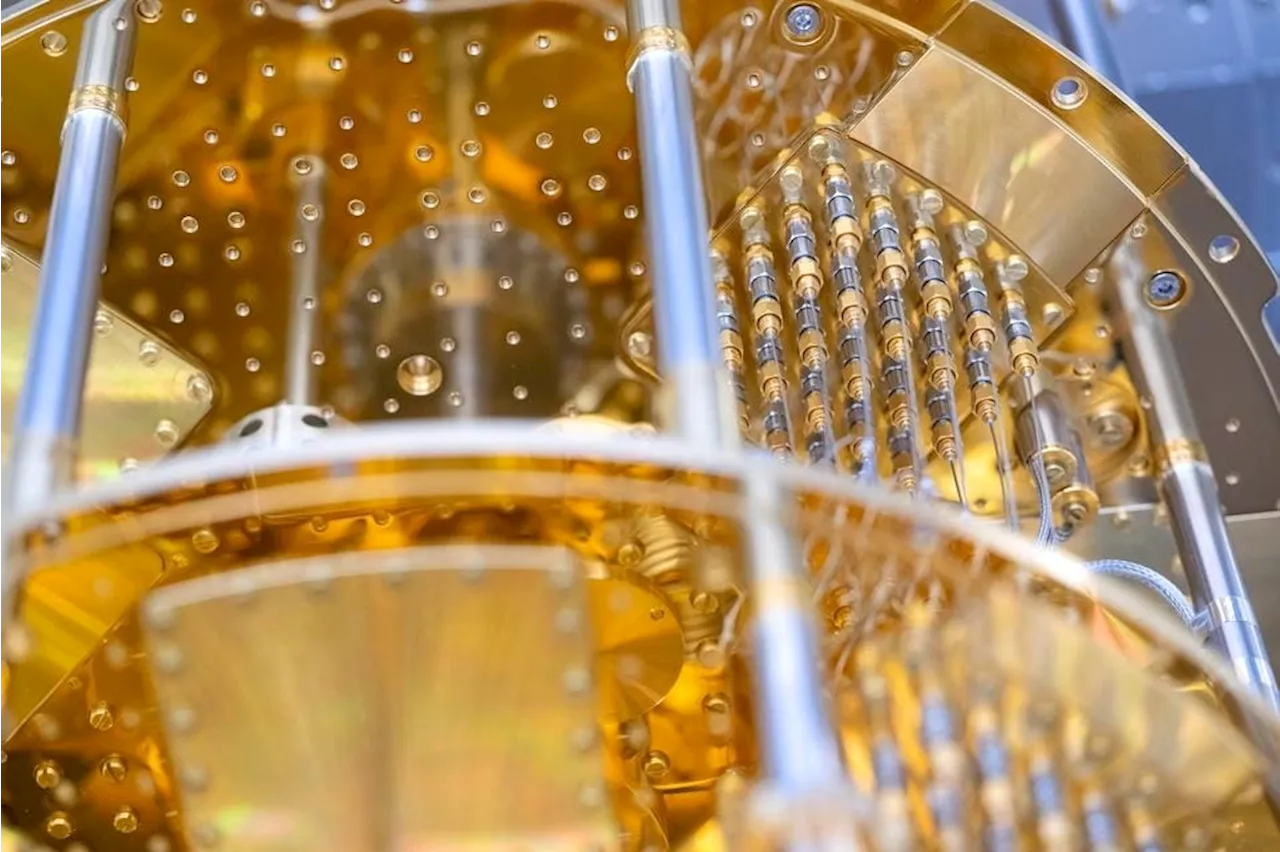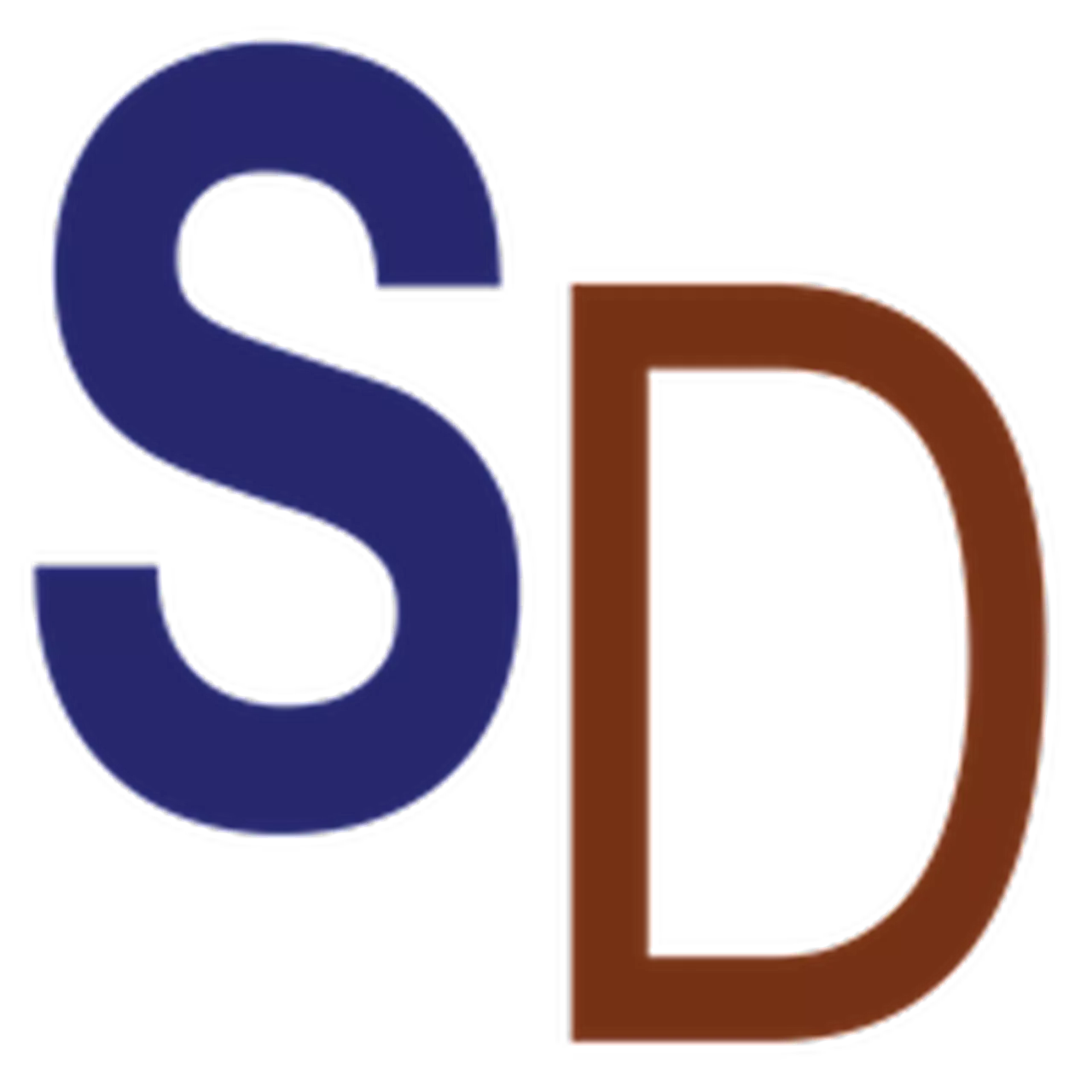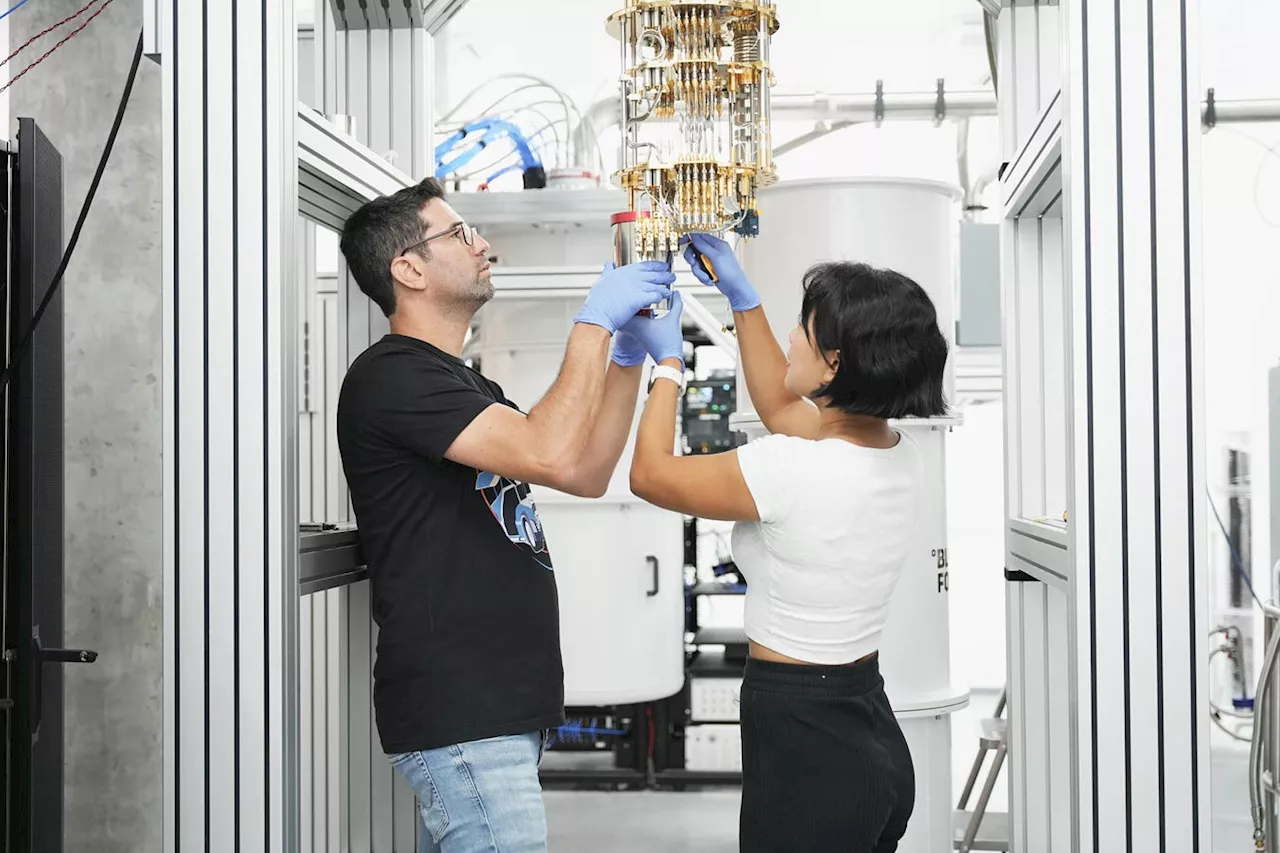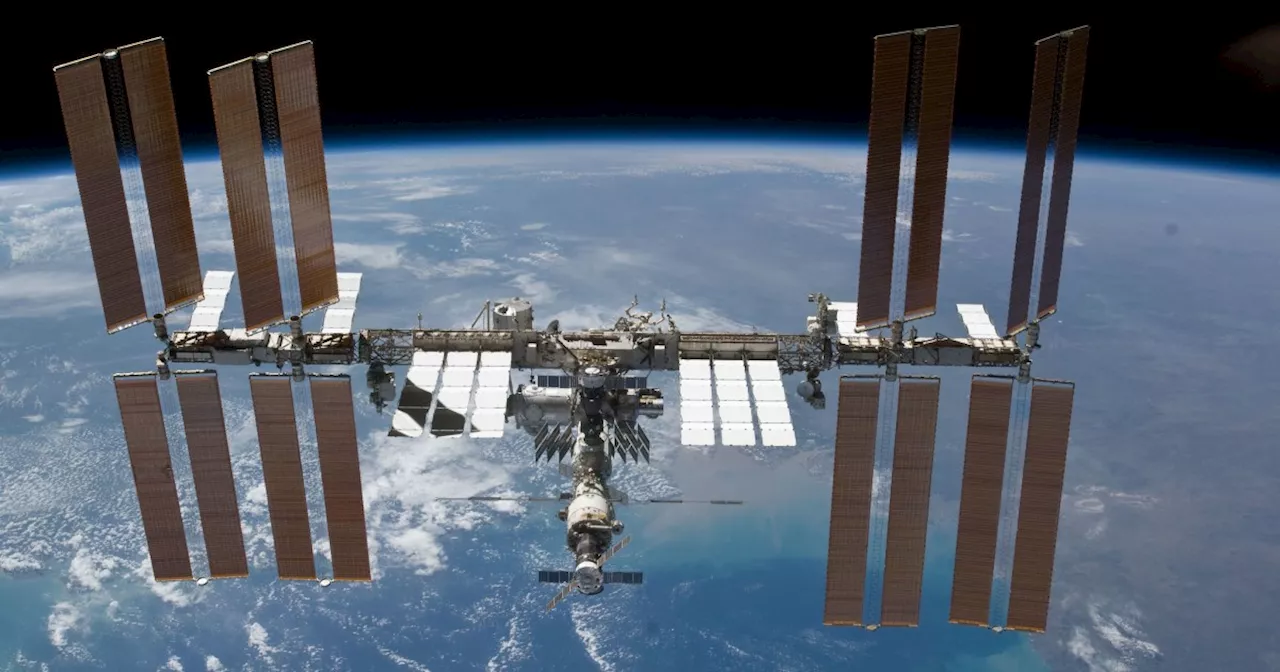The COMPASSO mission, led by Germany's DLR, seeks to demonstrate the feasibility of quantum optical clocks in space, potentially revolutionizing navigation and scientific research.
Telling time in space is difficult, but it is absolutely critical for applications ranging from testing relativity to navigating down the road. Atomic clocks, such as those used on the Global Navigation Satellite System network, are accurate, but only up to a point. Moving to even more precise navigation tools would require even more accurate clocks.
There are several solutions at various stages of technical development, and one from Germany’s DLR, COMPASSO, plans to prove quantum optical clocks in space as a potential successor. There are several problems with existing atomic clocks – one has to do with their accuracy, and one has to do with their size, weight, and power (SWaP) requirements. Current atomic clocks used in the GNSS are relatively compact, coming in at around .5 kg and 125 x 100 x 40 mm, but they lack accuracy. In the highly accurate clock world terminology, they have a “stability” of 10e-9 over 10,000 seconds. That sounds absurdly accurate, but it is not good enough for a more precise GNSS. Alternatives, such as atomic lattice clocks, are more accurate, down to 10e-18 stability for 10,000. However, they can measure .5 x .5 x .5m and weigh hundreds of kilograms. Given satellite space and weight constraints, those are way too large to be adopted as a basis for satellite timekeeping. To find a middle ground, ESA has developed a technology development roadmap focusing on improving clock stability while keeping it small enough to fit on a satellite. One such example of a technology on the roadmap is a cesium-based clock cooled by lasers and combined with a hydrogen-based maser, a microwave laser. NASA is not missing out on the fun either, with its work on a mercury ion clock that has already been orbitally tested for a year. COMPASSO hopes to surpass them all. Three key technologies enable the mission: two iodine frequency references, a “frequency comb,” and a “laser communication and ranging terminal”
SPACE EXPLORATION QUANTUM TECHNOLOGY NAVIGATION ATOM CLOCKS TIMEKEEPING
United States Latest News, United States Headlines
Similar News:You can also read news stories similar to this one that we have collected from other news sources.
 3 Quantum Computing CEOs On The State Of Quantum TodayJohn Koetsier covers emerging 'smart matter' tech, particularly robotics, AI, and consumer tech devices. He's written about the 'passive grenade' women's safety device as well as the first cell phone call by a customer. He hosts the TechFirst podcast and has written previously for VentureBeat, Business Insider and Inc.
3 Quantum Computing CEOs On The State Of Quantum TodayJohn Koetsier covers emerging 'smart matter' tech, particularly robotics, AI, and consumer tech devices. He's written about the 'passive grenade' women's safety device as well as the first cell phone call by a customer. He hosts the TechFirst podcast and has written previously for VentureBeat, Business Insider and Inc.
Read more »
 A pathway towards new quantum devices: Electrically defined quantum dots in zinc oxideCreating and controlling quantum dots via electrical methods, is likely to lead to new frontiers in the quest to develop stable and efficient qubits. Exploring how zinc oxide can be used in electrically defined quantum dots, researchers have unearthed some surprising phenomenon.
A pathway towards new quantum devices: Electrically defined quantum dots in zinc oxideCreating and controlling quantum dots via electrical methods, is likely to lead to new frontiers in the quest to develop stable and efficient qubits. Exploring how zinc oxide can be used in electrically defined quantum dots, researchers have unearthed some surprising phenomenon.
Read more »
 Nvidia, Rigetti, Quantum Machines Deliver AI-Powered Quantum ComputingQuantum Machines, Rigetti Computing, and Nvidia announced the successful application of AI to automate the calibration of a quantum computer.
Nvidia, Rigetti, Quantum Machines Deliver AI-Powered Quantum ComputingQuantum Machines, Rigetti Computing, and Nvidia announced the successful application of AI to automate the calibration of a quantum computer.
Read more »
Texas Space Commission seeks input on how to grow space businessTexas Space Commission survey about how to strengthen state's space business open through mid-December.
Read more »
 The space station just had to steer clear of more space junkFor the second time in a week, the International Space Station has had to adjust its orbit in order to steer clear of a piece of approaching space junk.
The space station just had to steer clear of more space junkFor the second time in a week, the International Space Station has had to adjust its orbit in order to steer clear of a piece of approaching space junk.
Read more »
 International Space Station dodges 2nd piece of space junk in 6 daysMichael Wall is a Senior Space Writer with Space.com and joined the team in 2010. He primarily covers exoplanets, spaceflight and military space, but has been known to dabble in the space art beat. His book about the search for alien life, 'Out There,' was published on Nov. 13, 2018.
International Space Station dodges 2nd piece of space junk in 6 daysMichael Wall is a Senior Space Writer with Space.com and joined the team in 2010. He primarily covers exoplanets, spaceflight and military space, but has been known to dabble in the space art beat. His book about the search for alien life, 'Out There,' was published on Nov. 13, 2018.
Read more »
